Is it safe to eat bananas with brown spots?
It’s time to put the uncertainty to rest
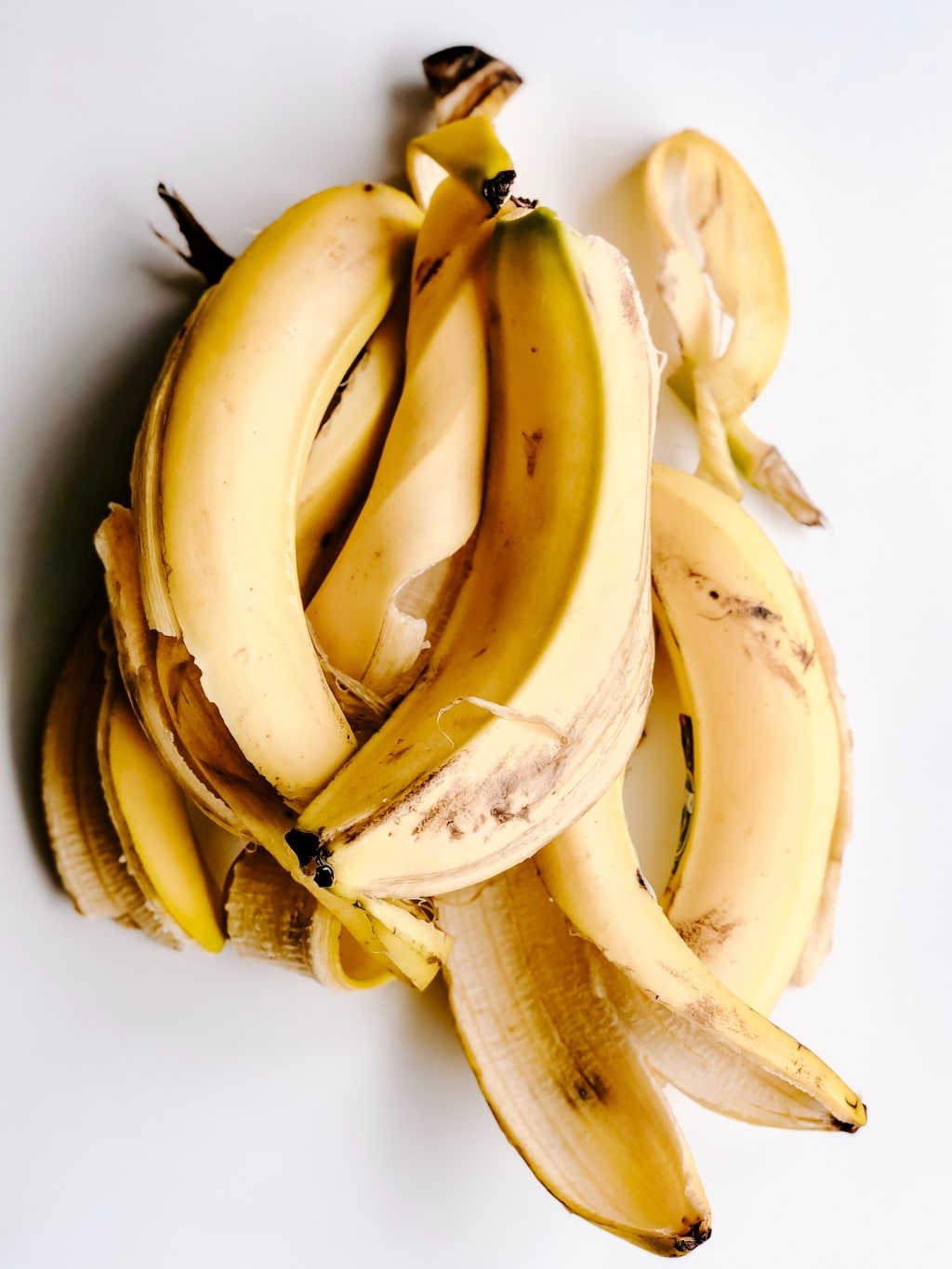
You've probably seen them in your fruit bowl: bananas with brown spots. The transformation from bright yellow to speckled or even mostly brown can be swift, leading you to question: Is it still safe to eat?
Your concerns about food safety and health are valid, and in this article, we'll delve into whether consuming these bananas poses any risk to your health. Keep reading to find out.
Does a banana’s browning change anything?
In short, the brown spots on a banana are a sign of maturation and are completely safe to eat.
As they mature, bananas release ethylene gas, which speeds up the ripening process. This results in changes inside and outside the fruit. Inside, starches become sugars, making the banana sweeter. Outside, the yellow skin develops brown spots.
Related content:
Brown spots vs. Bad spots: Spotting the difference
When you reach for a banana, it's essential to differentiate between harmless brown spots and potentially harmful bad spots. Knowing what to look for ensures you're enjoying a banana that's both delicious and safe.
- Texture: Feel the banana. A banana with brown spots due to ripening will still feel firm to the touch. However, if it feels overly soft or mushy, it might be overripe or starting to rot.
- Odor: Trust your nose. While ripe bananas might have a stronger sweet smell due to increased sugar content, a bad banana may give off a sour or fermented odor.
- Mold: Bad spots can sometimes be accompanied by mold. If you notice any fuzzy white, green, or black growths, this is a clear sign of mold. Mold on bananas can sometimes look like a powdery substance or appear web-like. Avoid consuming bananas with any signs of mold.
- Uneven coloring: While brown spots from ripening are usually evenly distributed and spotted, harmful spots can appear as large, deep brown or black patches that might make the banana skin appear sunken.
- Internal discoloration: After peeling the banana, check the flesh. Brown spots on the skin don't necessarily translate to brown on the inside. However, any extensive browning, grayness, or unusual consistency in the flesh may indicate spoilage.
Why do some people love their bananas brown-spotted?
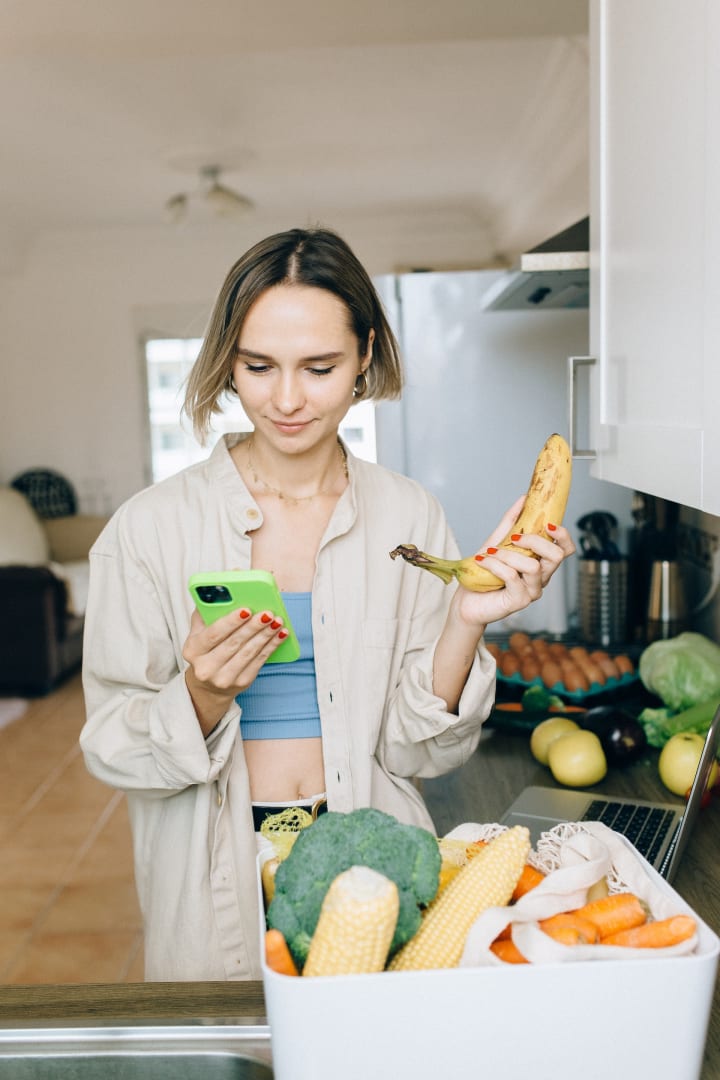
You may be wondering why, amidst concerns about the safety of brown-spotted bananas, there are many who actually prefer them that way. Here’s why:
- Sweeter taste: By the time a banana is generously freckled with brown spots, it contains more sugars than starches. This gives it a distinctly sweeter flavor compared to spotless ones.
- Softer texture: As a banana gets sweeter, it also gets creamier and softer, which many find yummier.
- Digestive benefits: Brown-spotted bananas digest faster in the stomach and release energy quickly to the body.
- Increased antioxidant levels: Research suggests that as bananas ripen, their antioxidant levels rise. Antioxidants play a vital role in neutralizing free radicals in the body, potentially offering protective health benefits.
- Perfect for recipes: Many cooks and bakers like using brown-spotted bananas in their recipes. They're not just great for banana bread — they can make pancakes, oatmeal, and even savory dishes (eg. banana curry) tastier.
How to make banana bread with brown-spotted bananas
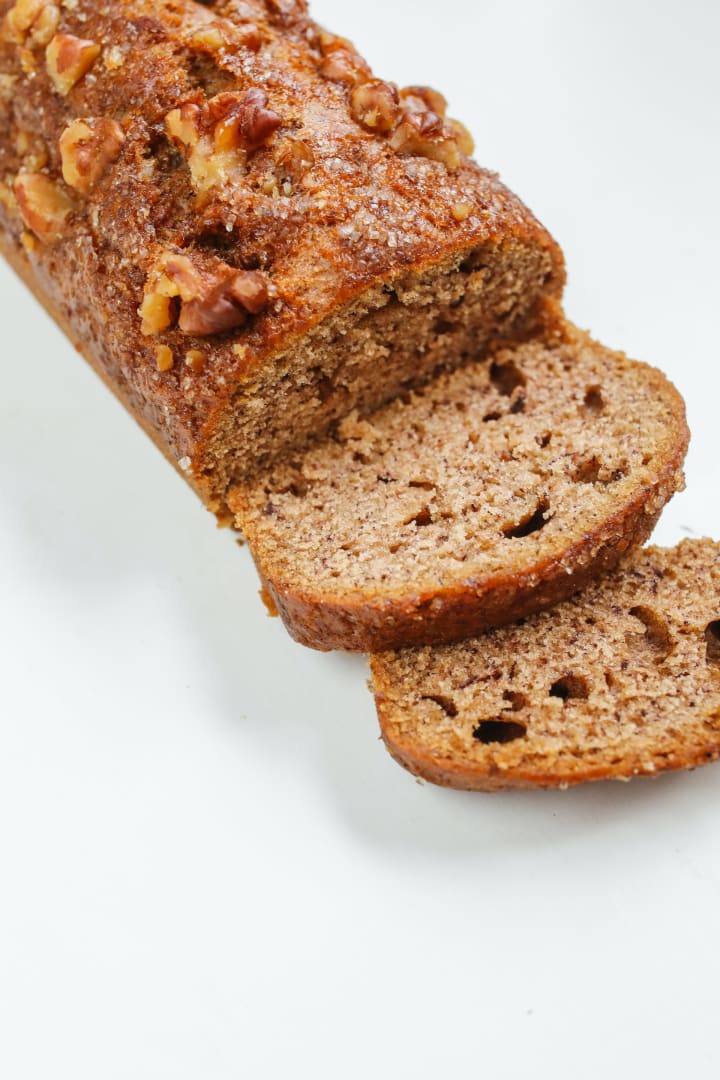
If you’ve got some brown-spotted bananas at home and are open to trying out the banana bread recipe, follow these steps:
Ingredients:
- 3 brown-spotted bananas, mashed
- 2 cups all-purpose flour
- 3/4 cup sugar
- 1/2 cup unsalted butter, melted
- 2 eggs
- 1 tsp baking soda
- 1 tsp baking powder
- 1 tsp salt
- 1 tsp vanilla extract
Instructions:
- Preheat your oven to 350°F (175°C).
- Butter a 9x5-inch loaf pan.
- In a bowl, combine the mashed bananas, melted butter, and sugar until smooth.
- Beat in the eggs, one at a time, then stir in the vanilla extract.
- In another bowl, whisk together the flour, baking soda, baking powder, and salt.
- Gradually add the dry ingredients to the banana mixture, stirring until combined.
- Pour the batter into the prepared loaf pan.
- Bake for 60-70 minutes or until a toothpick inserted into the center comes out clean.
- Let the bread cool in the pan for 10 minutes, then transfer to a wire rack to cool completely.
Enjoy the banana bread with your favorite spread and beverage.
Conclusion
As we’ve discussed, brown spots resulting from ripening are perfectly fine and can even signal a peak in flavor and nutrition. However, always examine your banana for any signs of spoilage or mold before consuming it.
Thanks for reading! You can check out my previous article here:
About the Creator
Neve Blair
Neve Blair is a writer and adventurer who enjoys exploring the world and all that it has to offer. She loves learning about new cultures, trying different foods, and practicing healthy living habits.


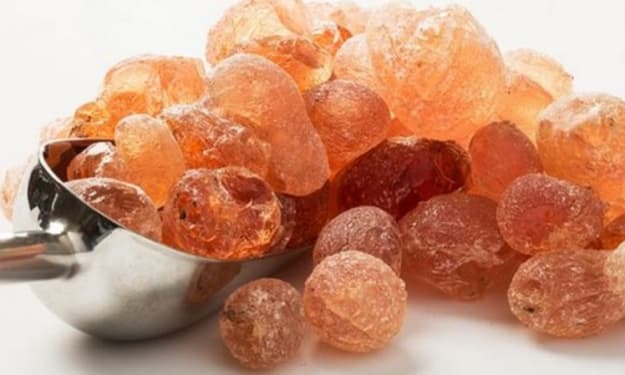

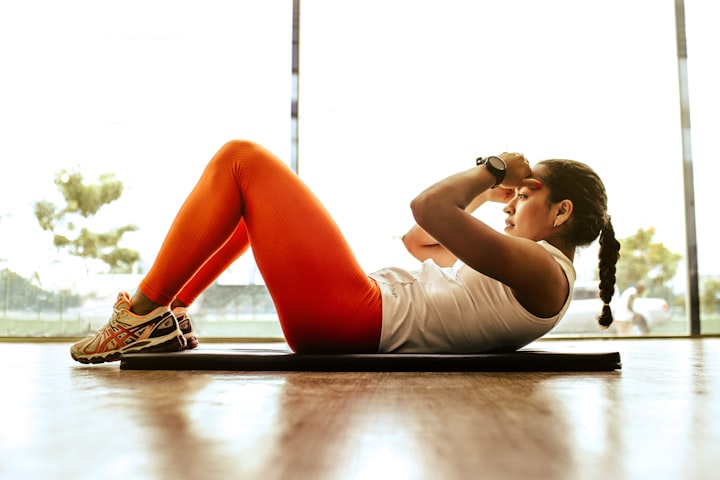

Comments (1)
I like them for their digestive benefits. Thanks for sharing the recipe!